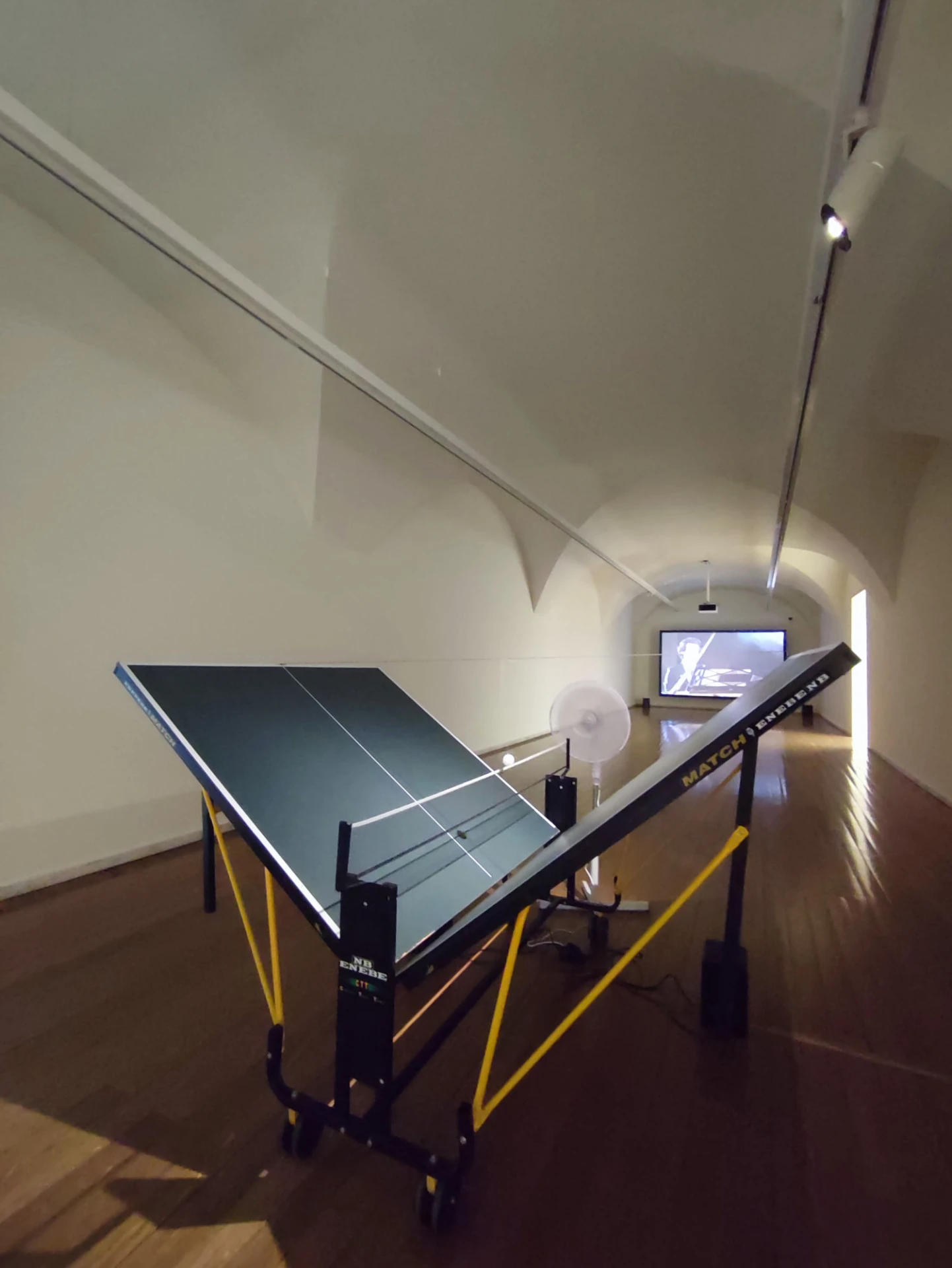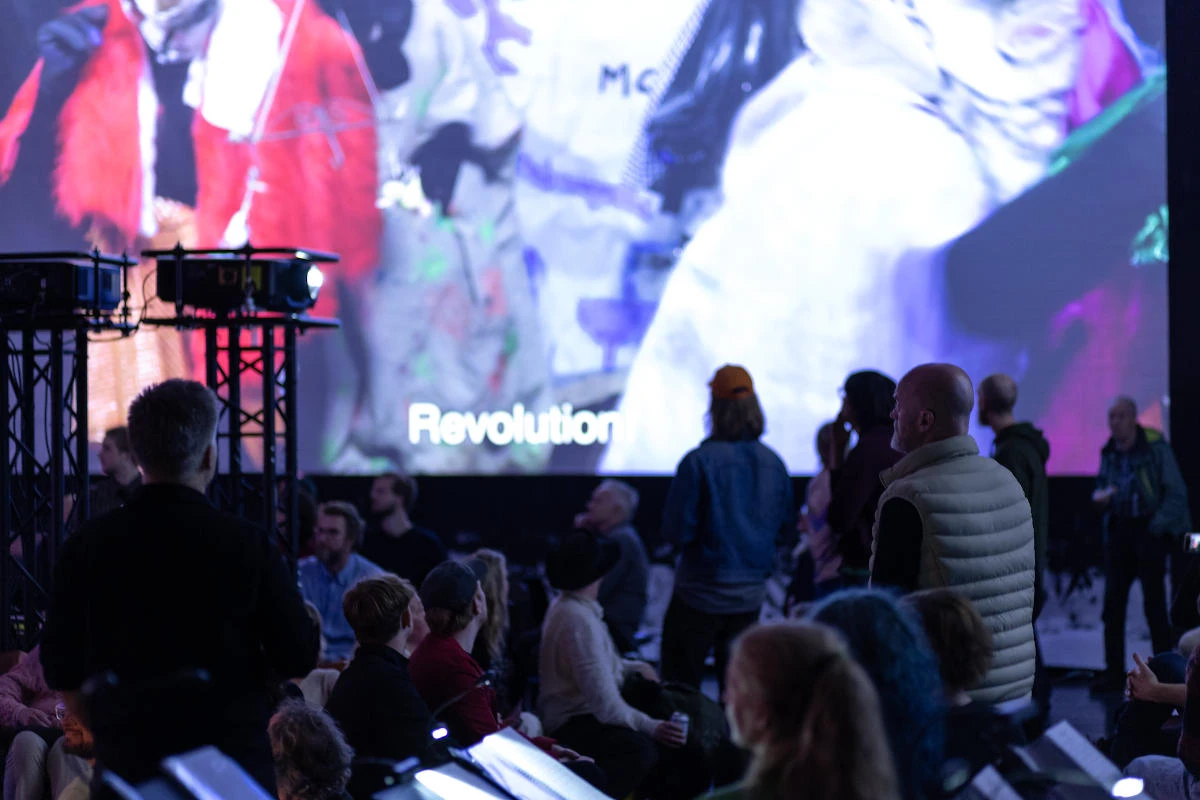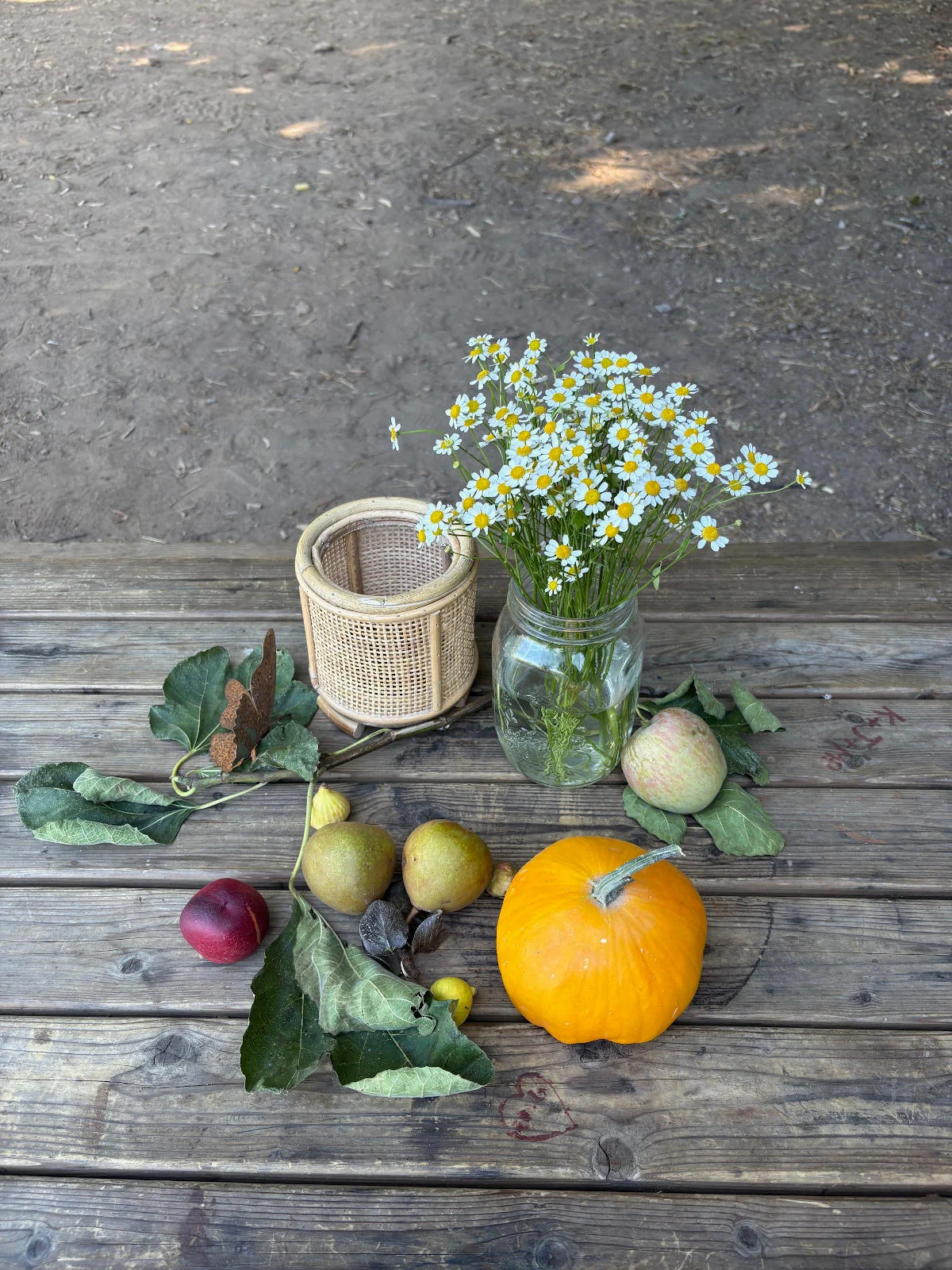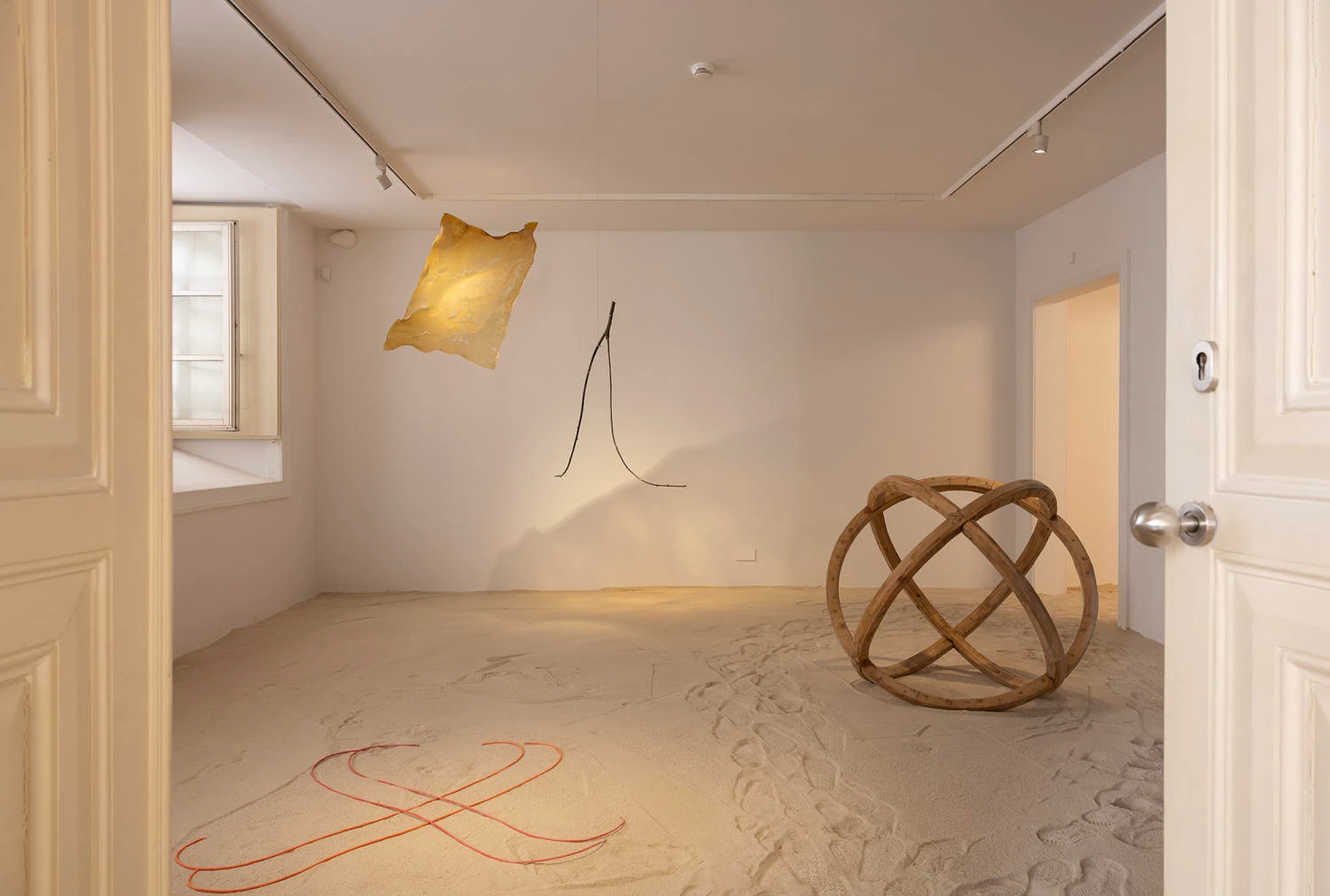article
A Syllabary to Reconstruct II, at MACE
“The compositional and associative nature of the syllabary is the same as that of the exhibition. Each group of works contains a series of syllabic sets that help form new words and concepts. Between the pedagogical and the poetic, the syllabary is, here, a tool that rehearses approximations, relationships, parallelisms, and intersections.”
The tension generated by the confrontation between art and language has been one of the fertile fields of contemporary art. It is undoubtedly a conflict of interests, but a conflict that occasionally, thanks to a globalized, visual, and multimodal culture, emerges as a subject of curatorial investigation. Recently, Delfim Sardo cited Foucault to clarify that "words [...] do not get along well with images." From the critical, conceptual, and dialogical reflections proposed in the 1960s and 1970s by the Art & Language group (which is much less about a disciplinary intersection between "art" and "language" than about how art often requires discourse, debate, and the assistance of writing), to Bruce Nauman's neon signs with words and phrases or Jenny Holzer's LED light panels, the boundaries between each part is frequently tested. To this semiotics are added, symbols, and signs; all the philosophical and linguistic analysis of art undertaken by the structuralists, and the consequent critique of the post-structuralists regarding the certainties of the models and systems that govern human culture; the sharp growth of digital platforms, which prefer images to words; the decline of cognitive faculties brought about by the decrease in reading, but also, and inversely, the increasing recourse to the hypertextual logic of the image and references under study... all this comes together in a rich soup for the critical, conflicting and engaged nature of contemporary art.
There are several issues. First, there's the way a word can immediately conjure a mental image. Then, there's the way the presence of text in an image can nullify or neutralize the image's content. Furthermore, there's the way text associated with the image reduces it to mere illustration. And there's yet the rhizomatic constitution of both image and language, infinitely expanding the definitions and compositional and larval characteristics of each. We could also speak of art as a historical or literary device, or alternatively, of language as an artistic device, thus blurring the boundaries of artistic practice and the exercise of the profession, favoring an exponential hybridization and contamination of fields. Perhaps, we should also refer to the way curation is a practice that tends to value one field (language) more than another (art and its form). Truisms, sophistries, soundbites, and authorship; slogans, advertising, truths and post-truths… art and language are two sides of the same coin.
A Syllabary to Reconstruct II, at the Museu de Arte Contemporânea de Elvas, is an iteration of a larger project initiated in Coimbra, which explores the points of convergence and divergence fostered by this merging of fields in various public and private collections. The Contemporary Art Collection of the Portuguese State, the Caixa Geral de Depósitos Collection, and the António Cachola Collection are important collections where this exercise could be explored again and again, due to the quality of the works and the subjectivity of the art, which invite inexhaustible conversations about themselves.
It is symbolic that A Syllabary to Reconstruct II opens with a wall of dismembered publications, as if the artist Mafalda Santos foresaw the reduction of words to a fragmentary and purely material logic; as if printed words, smears of text, magazines and books cut with a guillotine were nothing more than that: smears printed on paper, blocks of porous, stacked, reconfigurable and eminently formal material, which combine until the narrative, mediating and representative logic of the word is exhausted.
In Homeless (2004), O Desejado (2007), and Poesia (2023), Susana Guardado, João Pedro Vale, and Elisabete Fiel explore the evocative nature of words and, considering the teachings of Russian linguist Roman Jakobson, the emotive and poetic functions of language. Shirin Neshat's Moon Song (1995) and Pedro Gomes's series Sem Título (2005) allude to gestures and a communication that transcends words and calls upon the body to make itself understood. But these and other works also situate themselves within the symbolic realm, as is the case with João Onofre's Tacet (2014), Ricardo Jacinto's Ping-Pong Piece (1999), and Armando Azevedo's Oratório (na Floresta) (1976), which simultaneously open up space for silence, doubt, and uncertainty. Regarding the graphic component and calligraphic design, we remember the series by José Pedro Croft and Léxico C.B. (2018), by Isabel Carvalho. Other works refer to the systemic and systematized nature of language – for example, the works of Tiago Madaleno, Shhhhhhh (2023), and Pedro Cabrita Reis, H. Suite (XII) (1993). And also, the hyper or paratextuality of works-that-reference-other-works-or-authors, as is the case of OPACO (2014), by Nuno Sousa Vieira, and Série Amália Rodrigues (1950), by Thurston Hopkins.
Some pieces take on a more diffuse presence, whether due to the relationship they establish with other pairs or their materiality, which requires a closer look without denying a certain rhetoric or irony. Why are they here? What do these pieces do within the scope of this exhibition? The strategy seems deliberate and reminds us that art and literature often require a different time and space for their meanings to be illuminated, like a cryptic phrase waiting for the warmth of a new season to allow its nature to blossom. Only in this way do we find a connection to the works of Inês Brites, Careful, The Floor is Wet (2021), João Marçal, Dead Zone (2018), and Bruno Pacheco, Self-portrait smoking a cigar without the aid of the hands (2002).
The compositional and associative nature of the syllabary is the same as that of the exhibition. Each group of works contains a series of syllabic sets that help form new words and concepts. Between the pedagogical and the poetic, the syllabary is, here, a tool that rehearses approximations, relationships, parallelisms, and intersections.
The first edition of A Syllabary to Reconstruct took place at the Centro de Arte Contemporânea de Coimbra and the Sala da Cidade – Antigo Refeitório do Mosteiro de Santa Cruz. Soon, an iteration will follow in Óbidos, at the NovaOgiva Gallery, and then at Culturgest in Porto. A Syllabary to Reconstruct II, at the Elvas Museum of Contemporary Art, runs until October 19th and is curated by José Maçãs de Carvalho and Tiago Candeias.
1 Alves Ribeiro, Clara (2025). Delfim Sardo: "The only thing I regret not having done at the CCB is a center for advanced studies in art", in Diário de Notícias, September 23, 2025, 09:06. Available at https://www.dn.pt/cultura/delfim-sardo-a-%C3%BAnica-coisa-que-tenho-pena-de-n%C3%A3o-ter-feito-no-ccb-%C3%A9-um-centro-de-estudos-avan%C3%A7ados-em-arte. Retrieved October 1, 2025.
BIOGRAPHY
José Pardal Pina has been the associate editor of Umbigo since 2018. He has an Integrated Master's in Architecture from Instituto Superior Técnico, Universidade de Lisboa, and a Post-Graduation in Curatorship from Faculdade de Ciências Sociais e Humanas, Universidade Nova de Lisboa. Curator of the Dialogues (2018-2024) and Landscapes (2025-) projects in Umbigo.
UMBIGOLAB LINKS
ADVERTISING
Previous
article
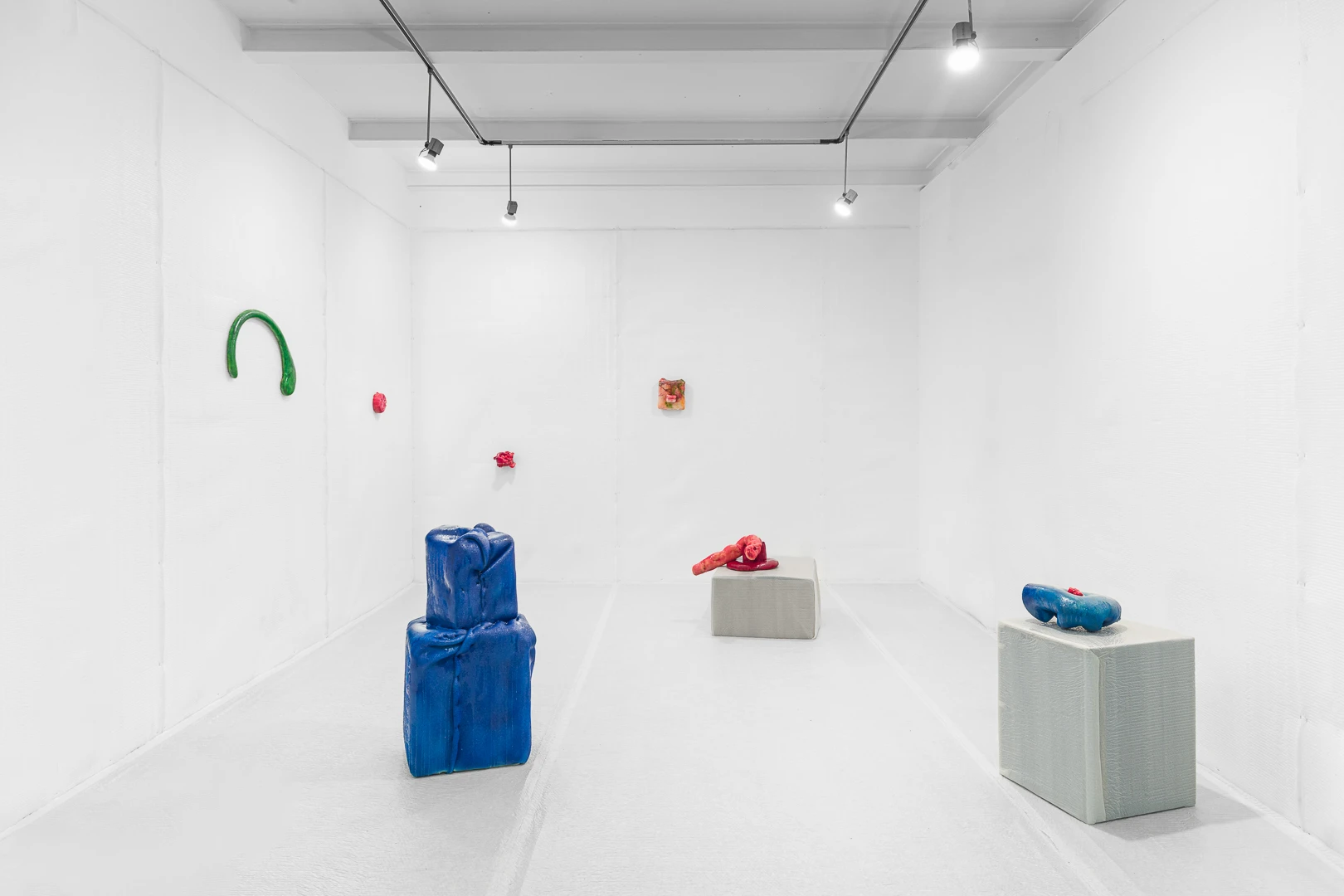
13 Oct 2025
A sweet repulsion: Bartolomeu Santos, at Espaço Cultural das Mercês
By Tomás Camillis
Next
article
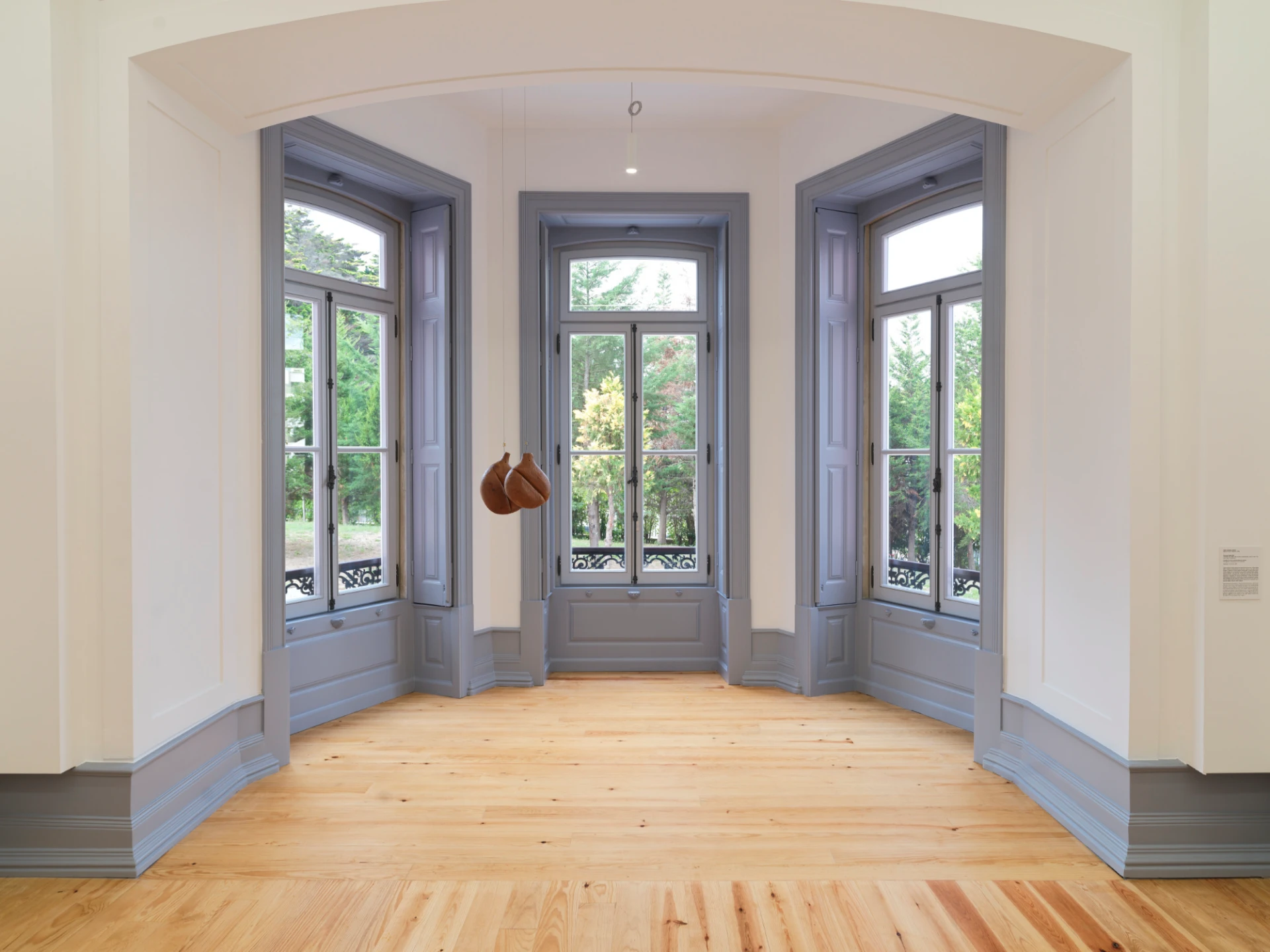
16 Oct 2025
About Sonho Manifesto! Em Leiria, todas as árvores são pinheiros
By Daniel Madeira
Related Posts
